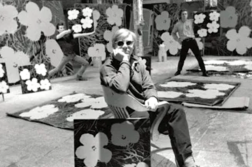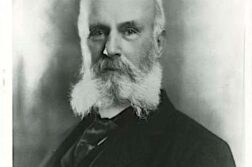Editor’s Note: In the generational shift from a model of sexual liberation to one of identity politics, a small number of astute observers—such as Frank Browning, author of the bestselling book The Culture of Desire (1994)—took pointed note of the transition. The fervor of the early 70’s was already fading by the end of the decade, and while the AIDS epidemic had revved things up again in the 80’s, the movement was becoming institutionalized in the 90’s, what with the rise of well-funded GLBT lobby groups such as the Human Rights Campaign Fund. This article captures in sometimes mournful tones the passing of the more sweeping agenda of gay liberation and the adoption of an identity model whereby gay people would be defined as a “minority group” analogous to blacks or Jews, deserving of equal rights for themselves but laying no larger claim to social change.
This piece is from the Spring 1998 issue of the HGLR. Browning would go on to have a distinguished career as a journalist in the Paris bureau of National Public Radio.







Discussion1 Comment
Thanks for a reminder of just how smug and insufferable Browning was – and I imagine still is. How can a writer be both cynical and romantic at the same time but for exactly the wrong reasons, all which come back to his disdain for modern america. On second thought, maybe it was just a typical midlife crisis – that would explain the odd solidarity with the “pederast” – wishful thinking perhaps?